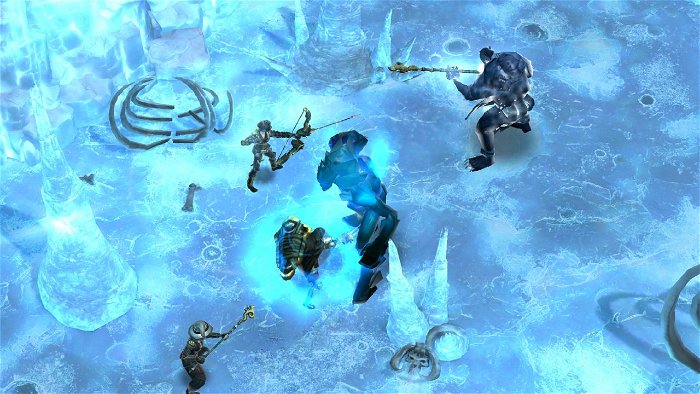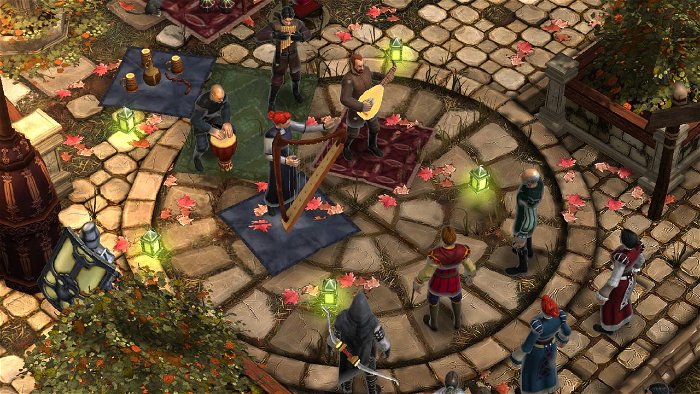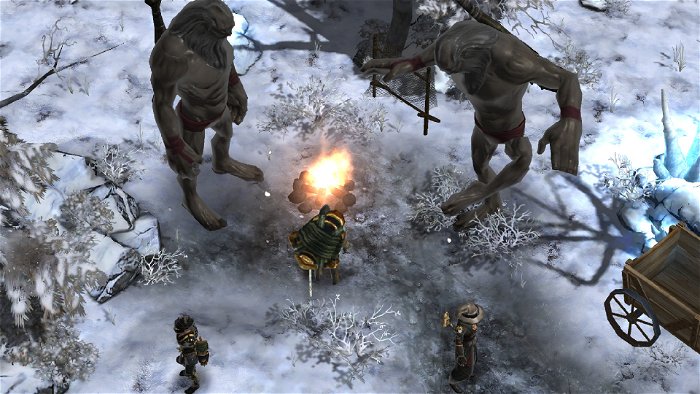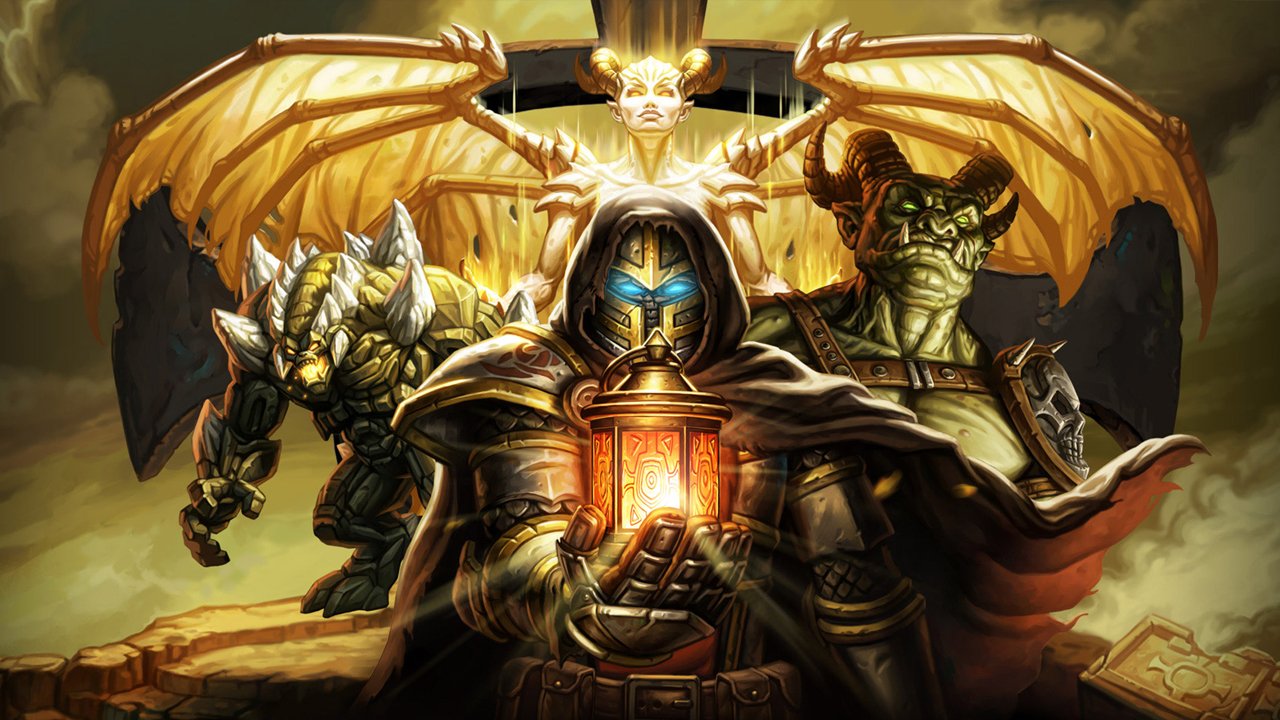In the distant past, a time called 1999, my family came into possession of our first computer. My parents were positive this would be a valuable tool that would drastically improve my schoolwork. I however, knew the truth. What followed was a period of sloth and gaming that was never present in my life largely due to games like Baldur’s Gate, Icewind Dale, and Diablo. Those were good times. Ember, N-Fusion Interactive’s recent RPG, certainly brings back those memories. CRPGs, like those are experiencing a revival of sorts. Between new entries into the genre like the Shadowrun games and Pillars of Eternity, along with mobile ports of Icewind Dale and Baldur’s Gate, it is a great time for fans of sprawling worlds and deep stories. These games offer enthralling, engaging plots and complex layered systems, and that’s what’s great about them. While Ember succeeds in emulating the look and story of this style of game, no one can call the mechanic complex in the slightest.

Ember seems content to cater to new players interested in the role-playing genre. The game hits all of your standard RPG necessities, and does it quite well. An amnesiac protagonist meets some charming characters and quickly embarks on a grand quest all while discovering the events of their dark past from a cadre of characters who seem to know more about them than they do, antagonist included. Despite their lack of knowledge of world events, it turns out that you and your merry band of followers are the only ones who can save the world. What follows is an enjoyable adventure in an intriguing world and some troublesome mechanics.
Even with those generic plot elements, the story is pretty solid. The protagonist, the last of the Lightbringers, must save the titular Embers of the land. These Embers are shards of a mystic and somewhat sentient light whose death taints the land, and twists the hearts of those around them. Opposition takes the form of the aptly named Darkbringer, who’ll show up at times to say something cryptic or play his trap card. As reductive as it sounds, the whole thing ends up being pretty intriguing.


N-Fusion Interactive calls this a “Passion project 10 years in the making,” and that shines through in both the gorgeously detailed environments and the copious background material. Despite the wealth of notes and history tomes, I never felt overwhelmed by it as I often do in games like Dragon Age or other, bigger budget games. While you explore the diverse environments, and peruse the libraries it can be easy to forget that this is the product of a small indie developer.
I was brought back to reality when I encountered some of Ember’s technical issues however. Companion dialogue can come off as stilted, making the character’s seem like shallow archetypes, and the crafting system seems more like a slap-dash added to appeal to popular gaming trends rather than being something necessary or useful. Also, mouse clicks can become pretty unresponsive, especially when selling the vast stores of useless gear accumulated during a dungeon dive. To add to that, the inventory system is already pretty clunky and managing it tends to be a hassle. These are all are minor issues, but significant enough to break immersion and send me reeling with frustration.

If anything, Ember feels friendly to new players. You won’t find a character class anywhere you look. The same goes for skill trees. Upon leveling up, players are given two attribute points to allocate between the four suitably standard attributes (Strength, Intelligence, Dexterity, and Vitality), and that’s it. Skills, including spells, are bestowed upon a character by the equipment they wear. I understand why it’s this way, making skills so easy to move around is another simplification of what would normally be a complicated system with permanent decisions. In practice however, this is pretty counter intuitive. Having ability geared toward melee combat on my best piece of mage armor feels like a waste of an item slot, so players have to decide which takes precedence between stat bonuses and skills.
Of all the minor irritants, there’s one mechanic in this game that really bugged me throughout my play through. In order to command a character individually you have to click and drag whoever you choose. This goes for movement as well as combat applications. For the longest time I couldn’t see why that would seem intuitive to someone. At best, this allowed me to better strategize during the course of a battle, but that could still be displayed by selecting a unit and clicking on whatever you wanted them to do, just like young me did all those years ago during my teenage explorations of the forgotten realms. Then I realized that Ember was also released on IOS. Mind you, that doesn’t make this a bad game. In fact, if the mobile version of this game has the same level of polish as the PC release then it’s one of the better games on the platform, even with it’s technical issues. To be completely clear, I am not asserting that this is just another port, or even a port at all.

Ember is a quality game that displays the care of an accomplished indie team that works well on many levels, but features a number of small irritants that add up. While the overall plot of the game is intricate and interesting, character dialogue often falls flat. That, coupled with some technical issues and the overly simplistic systems at play, distract from what could be a great experience. I wouldn’t call Ember a bad game, but it certainly won’t impress long-time fans of the genre.




